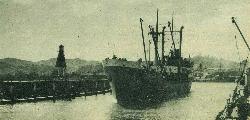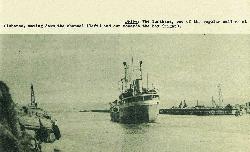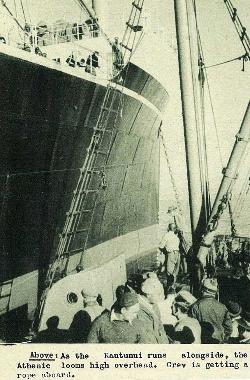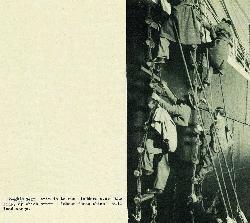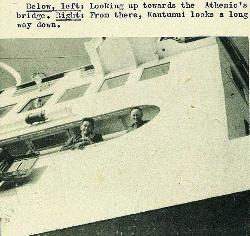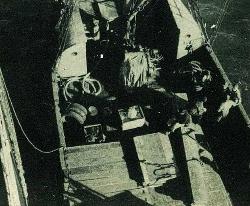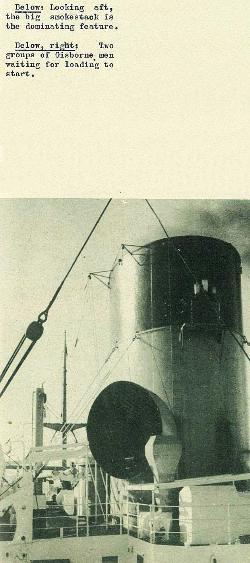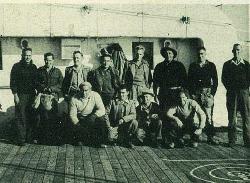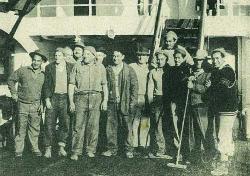30
Big Ships and Little Ships Come and go in the Bay
In its own modest way, Gisborne port is a busy place. Hardly a day passes without a coastal boat entering or leaving, to fetch and carry the incredibly varied cargoes which make up a large part of the business of richly-endowed Poverty Bay. Since the Turanganui River was separated from the harbour basin, coastal vessels have found Gisborne an efficient and easily-worked port. The Harbour Board's long-range plans envisage the day when "home boats" — the large liners which call to load consignments of produce for the Home markets—will berth in the harbour. But, in the meantime, "home boats" must anchor out in the roadstead, and the cargoes are ferried to and fro by "lighters". This system places the working of ships rather at the mercy of the weather, but on the other hand it cuts out much of the cost, in the form of harbour dues, etc., which normally must be paid by a shipping line. Our photographs show (above) the scene in the bay as the Kautunui, bearing men and cargo, approaches the 15,000 ton Athenic to begin loading.
31
The Turihaua, one of the regular callers at Gisborne, moving down the channel (left) and out towards the bay (right).
32
33
The Athenic is a sister ship to the Gothic, which carried the Queen and the Duke of Edinburgh to New Zealand. She has room for 85 passengers, and once carried Mr Menzies the Australian Prime Minister, to England.




